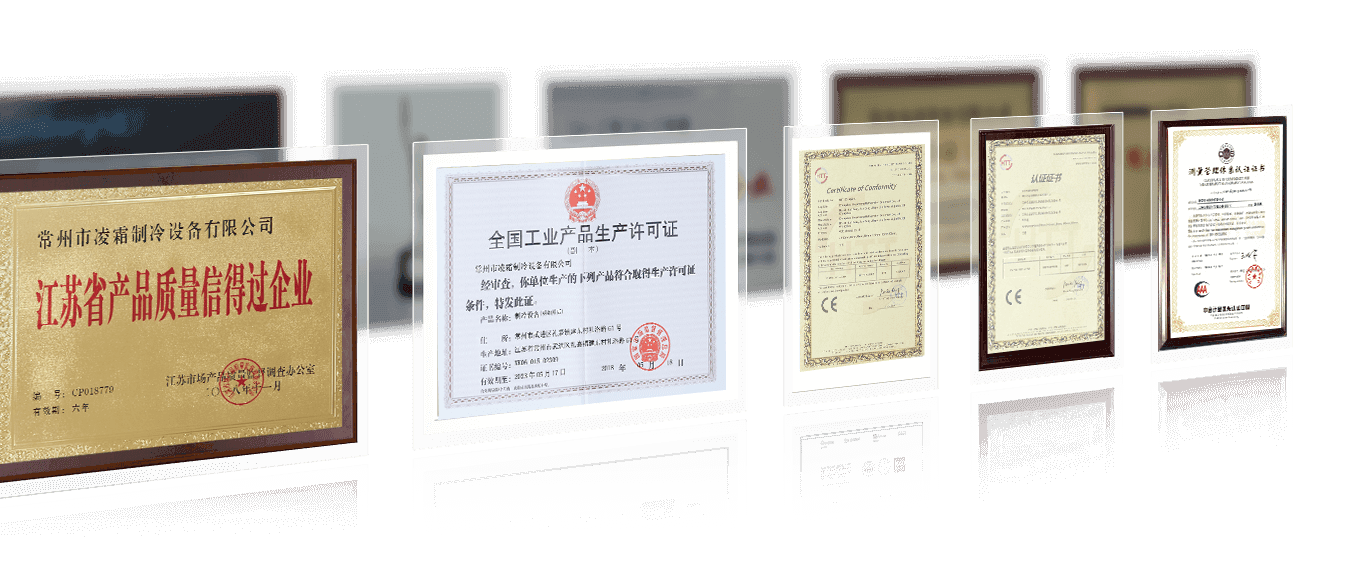Industry knowledge
Firstly, polyurethane is an excellent insulator, which means that it provides superior thermal performance compared to other materials. This helps to maintain a consistent temperature inside the cold storage room, reducing the risk of spoilage and ensuring that products remain fresh for longer periods.
Secondly, polyurethane cold storage panels are lightweight and easy to install. This means that they can be quickly assembled on-site, minimizing downtime and allowing for faster project completion.
Thirdly, polyurethane is a durable and long-lasting material, which means that it can withstand harsh conditions and heavy use. This makes it an ideal choice for commercial and industrial applications where durability is critical.
Fourthly, polyurethane cold storage panels are resistant to moisture and condensation, which reduces the risk of mold and mildew growth. This helps to maintain a hygienic environment, which is especially important in food storage applications.
Finally, polyurethane cold storage panels are energy efficient, which can result in significant cost savings over the lifetime of the cold storage facility. This is because they require less energy to maintain a consistent temperature compared to other materials.
How do polyurethane cold storage panels help maintain temperature control in a refrigerated environment?
Polyurethane cold storage panels are designed with thermal insulation properties that help maintain temperature control in a refrigerated environment.
Polyurethane foam is an excellent insulating material that can effectively prevent the transfer of heat between the inside and outside of the cold storage room. The panels are typically constructed with a sandwich-style design, where two sheets of metal or plastic enclose a layer of polyurethane foam insulation in the middle.
The insulation layer within the panels helps to reduce heat transfer through conduction, convection, and radiation. This means that heat from the outside does not easily penetrate the interior of the cold storage room, while cold air from the inside does not escape easily to the outside.
In addition to the insulation properties of the panels themselves, the joints between the panels are also carefully designed to prevent heat leakage. Special sealing techniques and gaskets are used to create a tight and secure seal between the panels, minimizing any gaps that could allow heat to penetrate.
The typical lifespan of polyurethane cold storage panels depends on various factors such as the quality of materials, environmental conditions, and maintenance practices.
If maintained properly, polyurethane cold storage panels can last for several decades. The polyurethane foam insulation used in the panels is known for its durability and resistance to wear and tear, making it ideal for long-term use in cold storage applications.
The outer layers of the panels are typically made from galvanized steel or other high-quality materials that are designed to resist corrosion and degradation. These materials provide additional protection against environmental factors that can affect the lifespan of the panels, such as moisture, temperature fluctuations, and chemical exposure.
Regular maintenance of the panels is essential for maximizing their lifespan. This may include regular cleaning, inspection of the seals and joints, and replacement of any damaged panels or components. Proper installation is also critical for ensuring the long-term performance of the panels.
In general, a well-maintained polyurethane cold storage panel system can last for 20-30 years or more, depending on the specific application and conditions. Regular inspection and maintenance can help extend the lifespan of the panels and ensure that they continue to perform at optimal levels for as long as possible.


